- Empty cart.
- Continue Shopping
Njaval Black (Syzygium cumini)
₹180.00
Syzygium cumini, commonly known as Malabar plum, Java plum, black plum, jamun or jambolan, is an evergreen tropical tree in the flowering plant family Myrtaceae, and favored for its fruit, timber, and ornamental value. It is native to the Indian Subcontinent, adjoining regions of Southeast Asia, including Myanmar, Sri Lanka, and the Andaman Islands. It can reach heights of up to 30 metres (98 ft) and can live more than 100 years. A rapidly growing plant, it is considered an invasive species in many world regions.
The name of the fruit, black plum, is sometimes mistranslated as blackberry, which is a different fruit in an unrelated order. Syzygium cumini has been introduced to areas including islands of the Pacific and Indian Oceans, Australia, Hong Kong and Singapore.
The tree was introduced to Florida in 1911 by the United States Department of Agriculture, and is commonly grown in tropical and subtropical regions worldwide. Its fruits are eaten by various native birds and small mammals, such as jackals, civets, and fruit bats.
As a rapidly growing species, it can reach heights of up to 30 m (100 ft) and can live more than 100 years. Its dense foliage provides shade and is grown just for its ornamental value. At the base of the tree, the bark is rough and dark grey, becoming lighter grey and smoother higher up. The wood is water resistant after being kiln-dried. Because of this, it is used in railway sleepers and to install motors in wells. It is sometimes used to make cheap furniture and village dwellings, though it is relatively hard for carpentry.
The leaves which have an aroma similar to turpentine, are pinkish when young, changing to a leathery, glossy dark green with a yellow midrib as they mature. The leaves are used as food for livestock, as they have good nutritional value.
Syzygium cumini trees start flowering from March to April. The flowers are fragrant and small, about 5 mm (0.2 in) in diameter. The fruits develop by May or June and resemble large berries; the fruit of Syzygium species is described as “drupaceous“. The fruit is oblong, ovoid. Unripe fruit looks green. As it matures, its color changes to pink, then to shining crimson red and finally to black color. A variant of the tree produces white coloured fruit. The fruit has a combination of sweet, mildly sour and astringent flavour and tends to colour the tongue purple.
Only logged in customers who have purchased this product may leave a review.
General Inquiries
There are no inquiries yet.

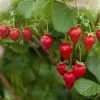
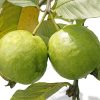
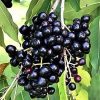
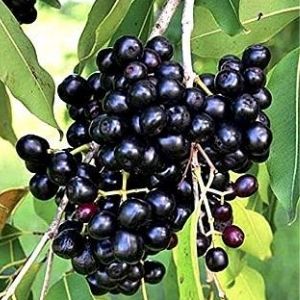


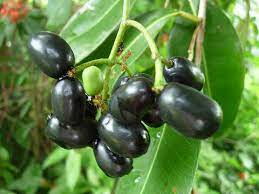

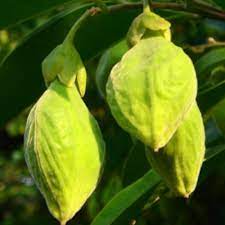
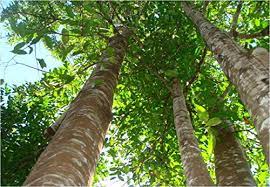


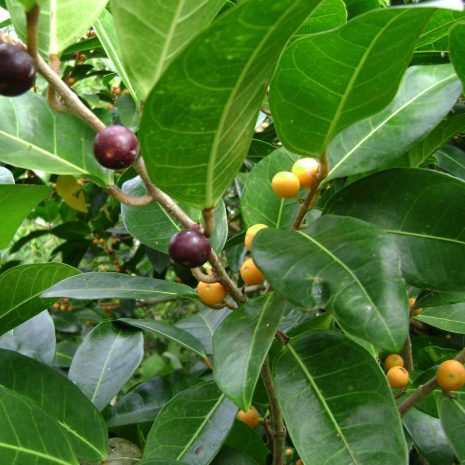
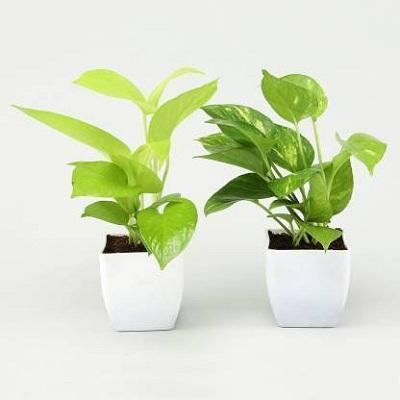



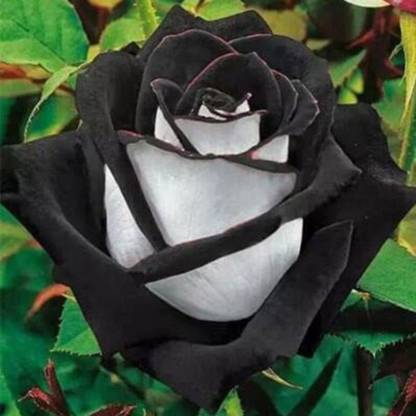

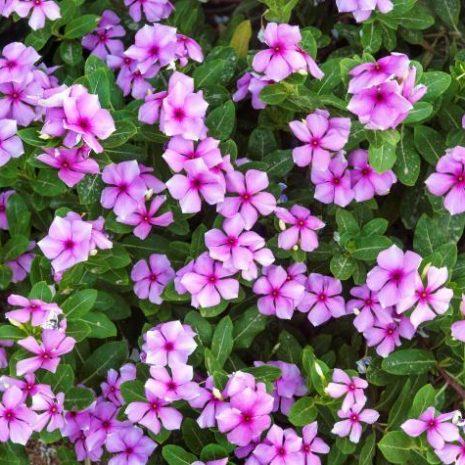

Reviews
There are no reviews yet.